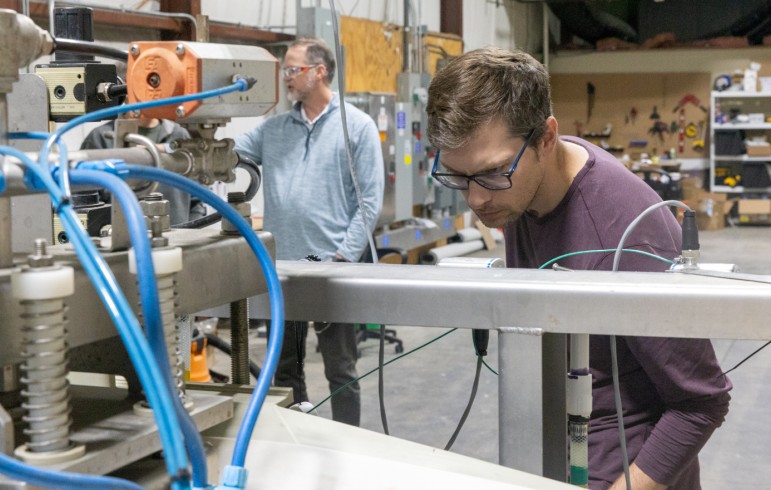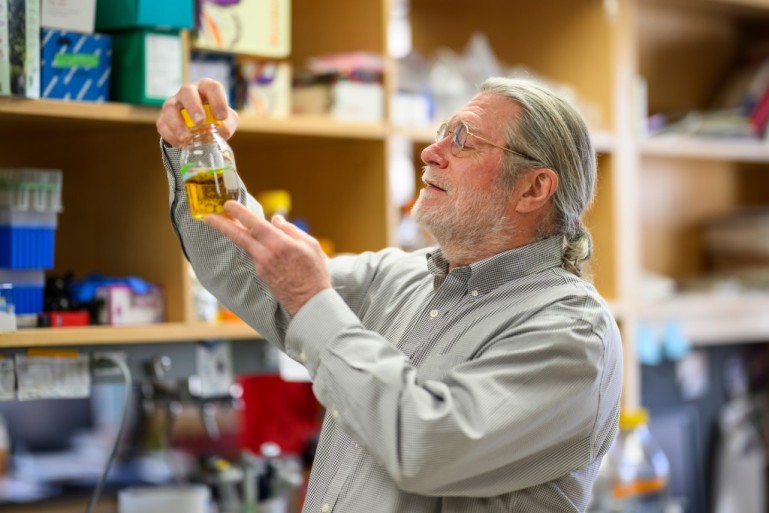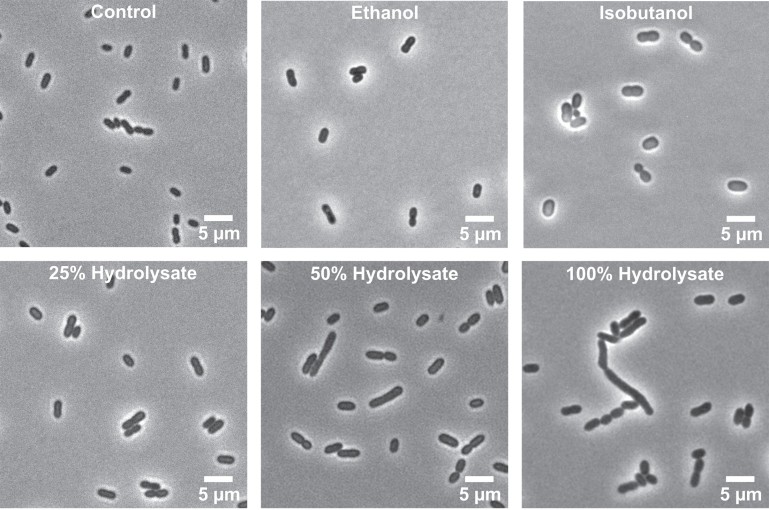Rebecca (Becca) Fahney graduated from UW–Madison in the Fall of 2015.
Last week’s commencement ceremony at Camp Randall was not the first time this spring that University of Wisconsin–Madison senior Drew Dillmann had reason to celebrate.
In their lab on a 20-acre prairie in Madison, Wisconsin, Xylome scientists are busy tinkering with the yeasts that live in the bellies of wood-boring beetles.
Twelve promising young members of the UW–Madison faculty, have been honored with Romnes Faculty Fellowships.
Using a chemical crowbar – actually, a solvent – made from the very organic matter it deconstructs, a University of Wisconsin—Madison spinoff business is advancing an audacious effort to convert biomass into three profitable streams of industrial chemicals.
For Adrien Couet, one of the most important long-term questions in nuclear engineering is how we can design materials for nuclear reactors and power plants that will be able to withstand the demanding pressures of an aggressive environment.
The Wisconsin K-12 Energy Education Program (KEEP) honored La Follette School of Public Affairs faculty member Gregory Nemet with its 2016 Higher Education Energy Educator of the Year Award.



